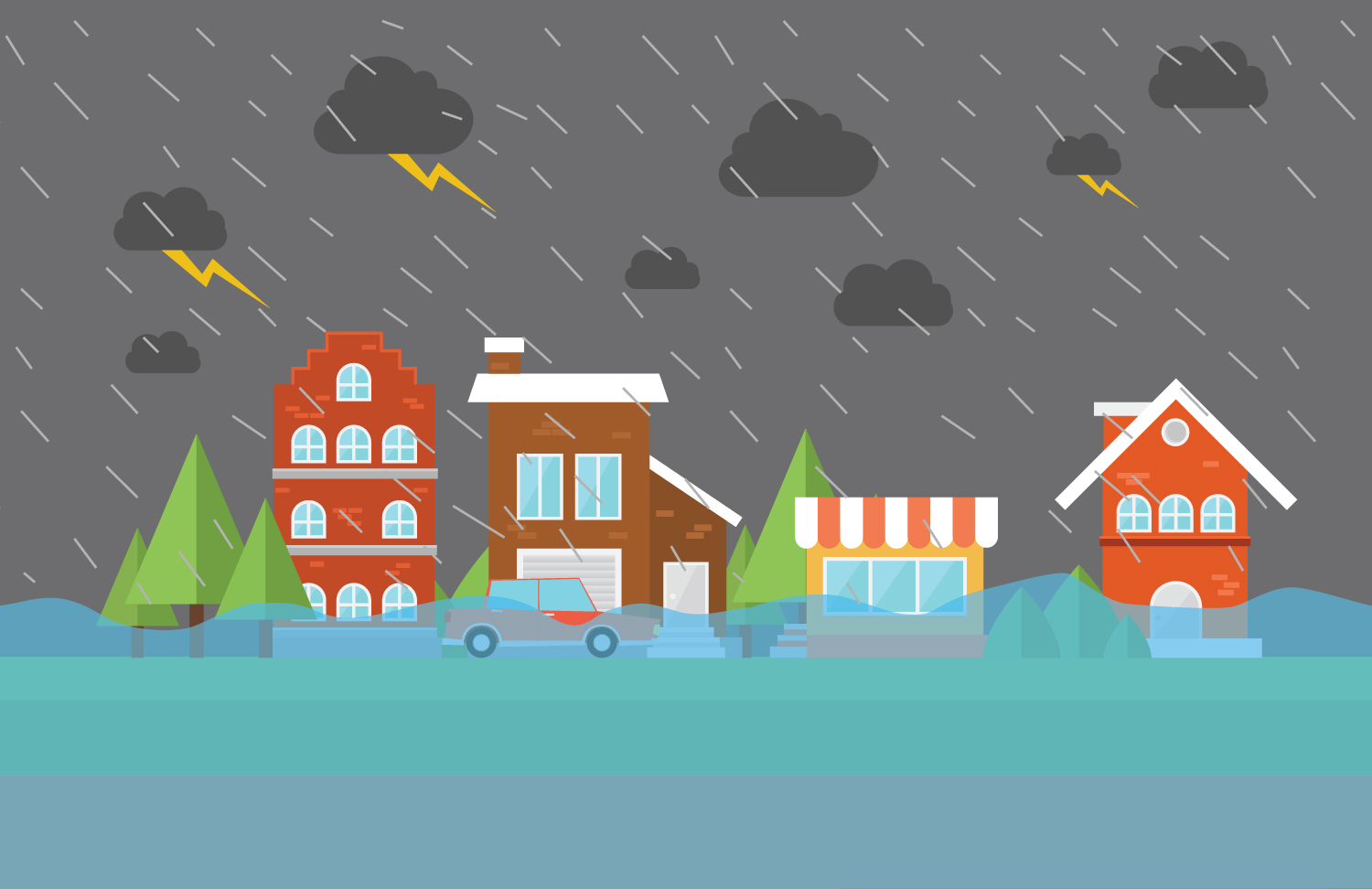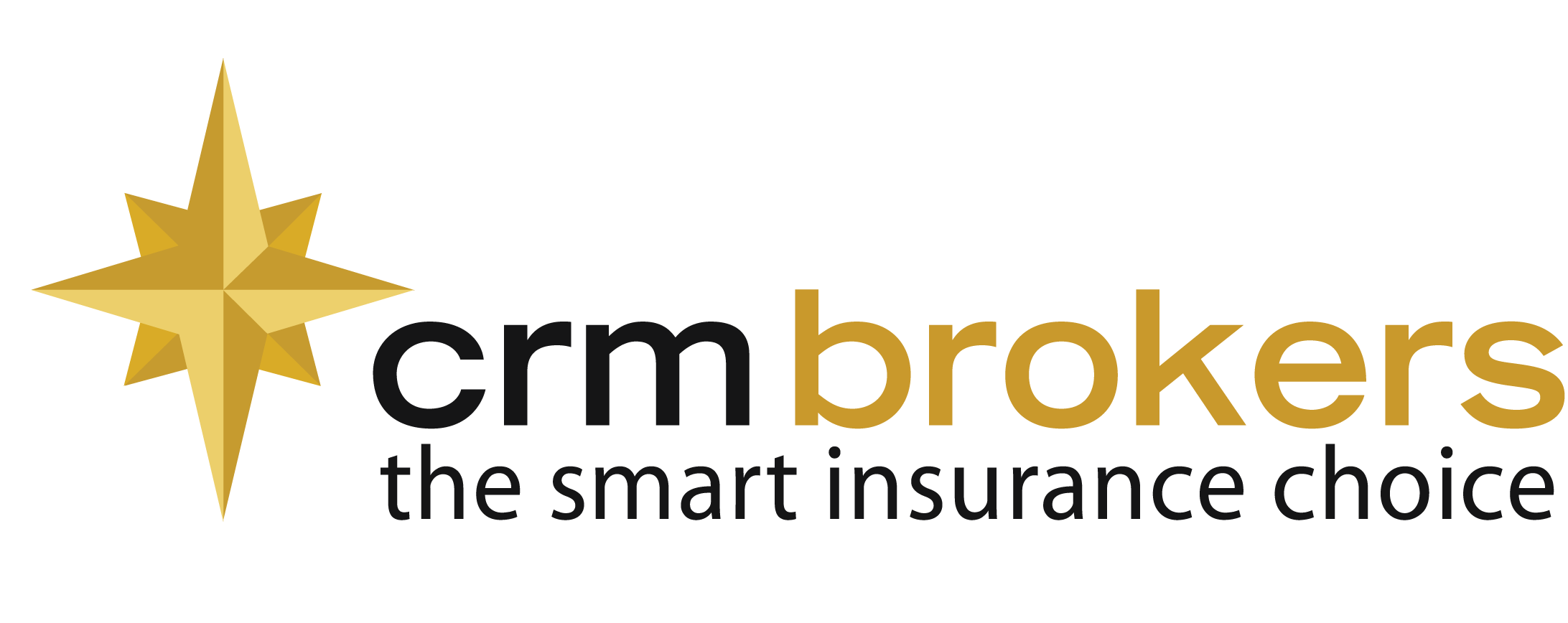
10 Mar What’s the difference in the way insurers treat storms and flood?
What’s the difference in the way insurers treat storms and flood?
There’s a difference in the way insurers treat claims related to storm water and floodwater. As such, it’s important property and business owners understand this difference, should they experience either of these events. This differential is critical for all to appreciate – not just those in flood-prone areas.
Difference between storm rain and storm flood related damage
All property insurance policies usually provide cover for storm damage. But they don’t all provide cover for flood-related damage. This cover differs from policy to policy and it’s important for policyholders to check their policy so they are aware whether their policy includes this cover, especially if they are in a flood-prone area. After a flood or storm, the insurer will assess how the water came into the building when deciding whether the event was one or the other.
It will rely on the definition of flood contained in the Insurance Contracts Regulations 2017. In the regulations, a flood is defined as including water that escapes from the confines of a body of water such as a lake or creek. This is in contrast to storm water runoff, which does not necessarily have to involve a contained body of water.
“Property damage as a result of floodwater and storm water are generally covered if Flood cover has been selected on the policy.” explains Ken Masina, CRM Brokers’ Head of Claims.
“Understanding the nuances between the two events determines how each insurer will assess each claim. In the absence of flood cover, you may still be able to claim damages as a result of storm water runoff, depending on the circumstances of the claim and its merits.”
Clients should consider their individual circumstances when assessing whether they need flood cover.
Looking at what’s excluded in your policy is equally as important
Check the exclusions that will exist in all policies, in order to better understand what is or is not covered. Also read the general definitions that are provided in the policy wording.
When the severe rainfall hit us in February and March of this year, some storm rainfall clearly resulted in damage to insured properties. Whilst rainfall damage is generally covered, the specific heavy rainfall damage may be excluded. For example, if the damage was the result of a landslide or subsidence, or lack of maintenance to the property, cover maybe denied as per the definitions and exclusions that are explained and applied in the policy wording, for example;.
Earth Movement
“…means heavage, landslide, land-slippage, mudslide, settling, shrinkage, subsidence or collapse”
Exclusions
“We will not pay for Damage caused by or arising directly or indirectly from:”
“…weakening of or interference with the support of land or buildings or any other property, Erosion or Earth Movement. However We will pay if the Damage is due to…”
“…lack of maintenance, Wear and Tear; ………..inherent defect or latent defects…”FLOOD”
Are you covered for flood?
No matter if your business is new or established, it pays to assess how weather events may affect it and to ensure the appropriate cover is in place.
Some Insurers will automatically include flood coverage in their relevant policies. Others can include it, subject to acceptance, whilst some Insurers may specifically exclude flood cover. This applies to both domestic, and commercial policies.
If you are unsure whether your policy includes flood coverage, please contact your CRM Broker immediately.
Important Notice
This information is provided to assist you in understanding some of the common considerations in flood insurance. It is not complete, so please request full details from your CRM Broker. Deductibles, exclusions and limits apply. Insurance policies issued by various insurers often differ.
This article provides information rather than financial product or other advice. The content of this article, including any information contained in it, has been prepared without taking into account your objectives, financial situation or needs. You should consider the appropriateness of the information, taking these matters into account, before you act on any information. In particular, you should review the Product Disclosure Statement (‘PDS’), Target Market Determination (‘TMD’) and Financial Services Guide (‘FSG’), which can be obtained by contacting CRM Brokers or downloading it from the agency’s website before deciding to acquire, or to continue to hold, this product.
Information is current as at the date the article is written as specified within it but is subject to change. CRM Brokers make no representation as to the accuracy or completeness of the information. Various third parties have contributed to the production of this content. All information is subject to copyright and may not be reproduced without the prior written consent of CRM Brokers.
Defect Remediation & Maintenance in Strata
Strata committees often ask why the presence of outstanding defects or maintenan...
27 February, 2025The Rising Risk of Tobacco Retailer Tenants for Strata and Property Owners
Earlier this year we wrote an article about high-risk tenants for strata and pro...
03 December, 2024Holiday Trading and After-Hours Information
CRM Brokers wishes you and your family a very Merry Christmas and we look forwar...
04 November, 2024The Importance of Police Reference Numbers for Claims
At CRM Brokers, we are committed to making our client’s claims experience ...
30 October, 2024





